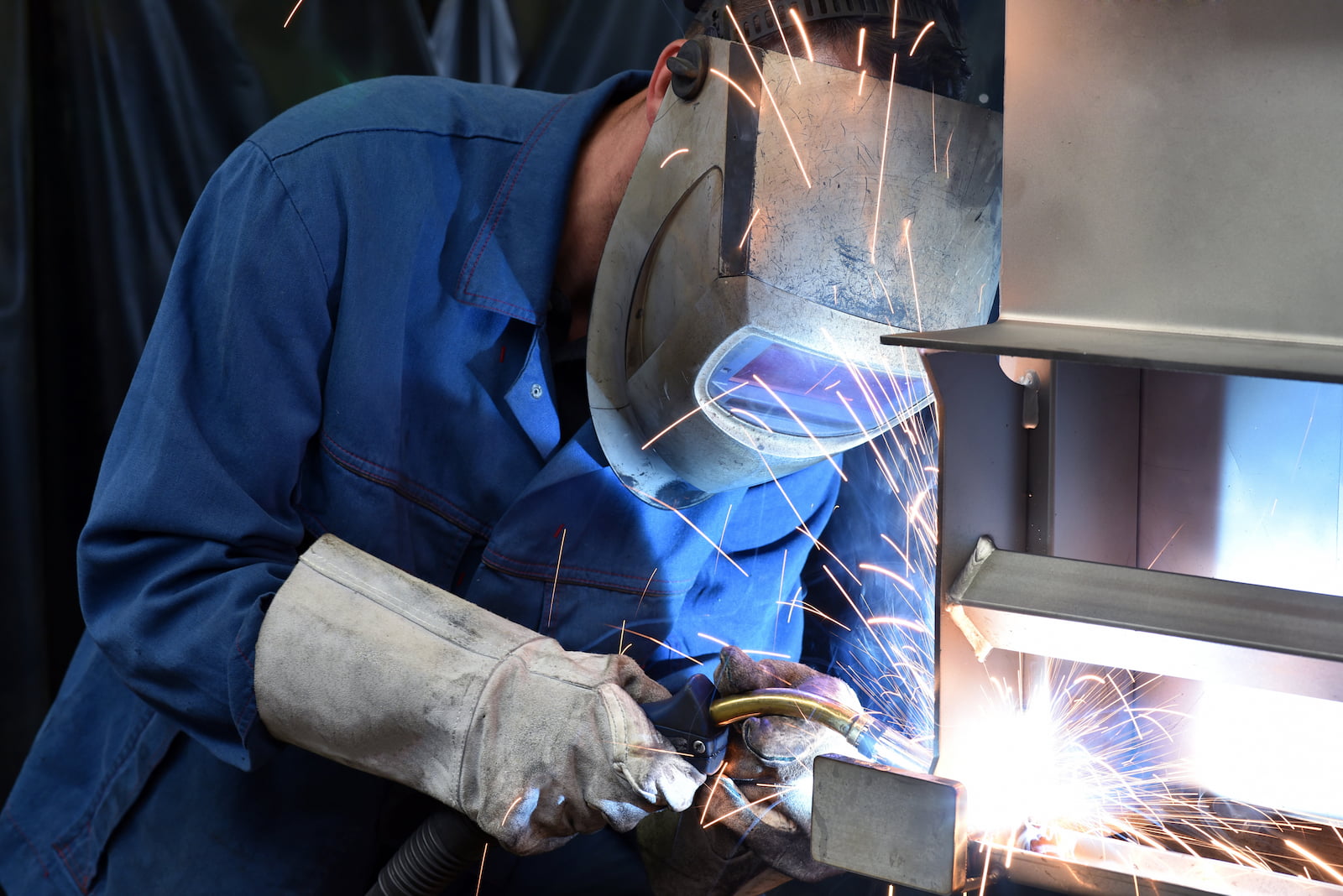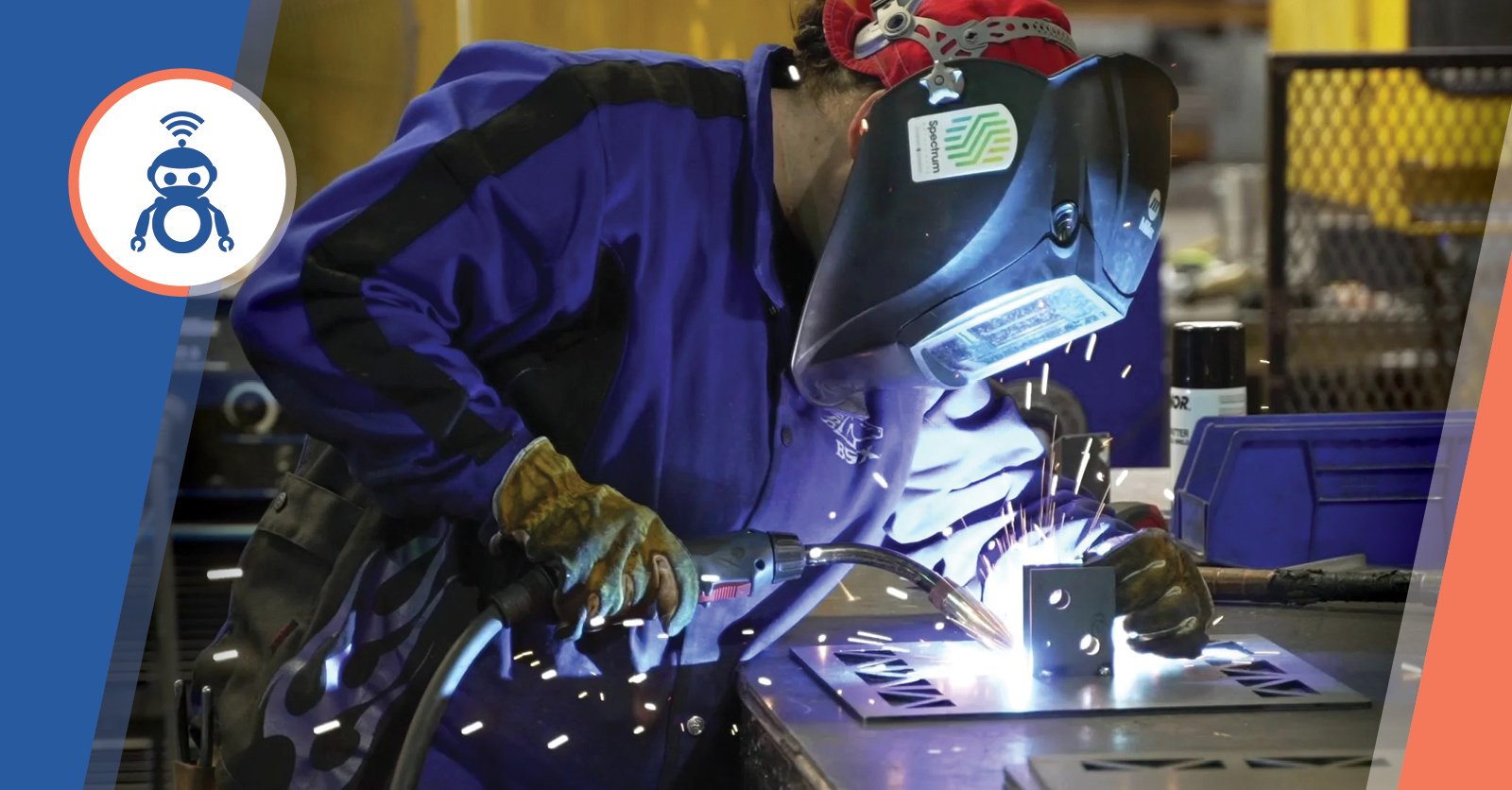Everything about Welding: Key Insights Into Techniques and Best Practices for Success
Welding includes a selection of methods, each suited for particular products and applications. Recognizing these approaches, such as GMAW, SMAW, and TIG, is crucial for attaining perfect results. The best equipment and safety and security techniques can not be ignored. As preparation and repairing play important duties in the welding procedure, mastering these components can substantially boost the quality of the end product. What are the essential variables that ensure an effective weld?
Comprehending Various Welding Methods
Welding methods incorporate a variety of methods, each matched to particular applications and products. Among the most common strategies are Gas Steel Arc Welding (GMAW), Secured Metal Arc Welding (SMAW), and Tungsten Inert Gas Welding (TIG) GMAW, additionally known as MIG welding, is preferred for its speed and adaptability, making it suitable for thin products. SMAW, or stick welding, is preferred for its simpleness and efficiency in outdoor atmospheres, particularly with thicker metals. TIG welding supplies accuracy and control, making it suitable for elaborate job and non-ferrous metals (Fabrication). Each strategy has its unique benefits and factors to consider, permitting welders to pick the best method based on the job's needs, material type, and desired outcomes. Comprehending these strategies is necessary for effective welding
Crucial Welding Tools and Tools
While different welding techniques call for specific skills, the ideal tools and devices are similarly vital for attaining top quality outcomes. Essential welding equipment consists of welding makers, which differ depending on the method-- such as MIG, TIG, or stick welding. Safety equipment, including safety helmets, handwear covers, and aprons, assurances safety and security and comfort during the process. In enhancement, fixtures and clamps help secure materials in area, ensuring precision in welds. Consumables like welding poles, cable, and shielding gas are also critical parts that affect the high quality of the weld. Additionally, devices such as grinders and cutters facilitate surface area prep work and post-weld finishing, contributing to a specialist end result. Buying high-grade devices ultimately enhances the efficiency and effectiveness of welding projects.
Security Practices in Welding
Correct security practices are essential in the welding sector to shield employees from possible threats. Welders need to put on appropriate personal protective devices (PPE), consisting of headgears with appropriate shading, handwear covers, and flame-resistant clothing. Ample ventilation is crucial to decrease exposure to harmful fumes and gases created during the welding process. Furthermore, workers must be learnt the correct handling of welding devices to avoid accidents. Fire safety procedures, such as maintaining flammable materials far from the welding location and having fire extinguishers easily offered, are essential. Regular examinations of tools and workspaces can help determine potential hazards before they bring about mishaps. By adhering to these safety methods, welders can produce a more secure working atmosphere and decrease risks connected with their profession.
Preparing Materials for Welding
Preparing products for welding is an important action that greatly influences the high quality and integrity of the end product (Belgrade Fabrication). Appropriate prep work entails cleaning up the surface areas to eliminate contaminants such as oil, dirt, and corrosion, which can endanger the weld. Strategies such as grinding, fining sand, or utilizing solvents are commonly employed to attain a tidy surface area. In addition, making certain that the materials fit with each other snugly is crucial; voids can bring about weak welds. It's additionally essential to take right into account the placement and positioning of the elements, as this will influence the convenience of welding and the last outcome. Finally, picking the suitable filler material and making sure compatibility with the base steels is important for accomplishing strong, long lasting welds
Tips for Achieving High-Quality Welds
Achieving high-quality welds needs interest to information and adherence to ideal techniques throughout the welding process. Correct joint preparation is necessary, making sure surface areas are tidy and cost-free from impurities. Picking the suitable filler material and welding strategy based upon the base steels is critical for excellent bonding. Keeping consistent traveling rate and angle while welding can advertise and avoid issues harmony. In addition, controlling warm input is vital; too much warmth can result in bending and deteriorated joints. If required, routinely checking the welds during the procedure permits for prompt modifications. Using suitable post-weld treatments, such as cleaning and stress alleviation, can improve the durability and integrity of the weld, eventually making certain a successful outcome.
Fixing Usual Welding Issues
Welding commonly offers difficulties that can influence the quality and honesty of the last item. Common concerns such as porosity, inconsistent weld beads, and overheating can develop, each requiring particular repairing techniques. Recognizing these troubles is important for welders to enhance their abilities and attain ideal outcomes.
Porosity Issues Described
Porosity can frequently be overlooked, it remains an essential concern in welding that can endanger the honesty of a finished item. Porosity describes the presence of tiny gas pockets within the weld bead, which important site can weaken the joint and lead to early failing. This issue generally emerges from impurities, dampness, or inappropriate protecting gas insurance coverage during the welding procedure. To reduce porosity, welders need to verify that the base materials are dry and tidy, utilize appropriate securing gases, and maintain constant welding criteria. On a regular basis examining the tools and setting can additionally help determine prospective problems prior to they materialize in the weld. Addressing porosity efficiently is essential for accomplishing solid, resilient welds that satisfy top quality requirements.

Irregular Weld Beans
Irregular weld beads can greatly impact the quality and stamina of a finished item. Various variables contribute to this concern, consisting of improper travel speed, wrong amperage settings, and inconsistent electrode angles. When the welder moves too promptly, a bead may show up slim and do not have penetration, while relocating too gradually can create too much buildup. In addition, making use of the incorrect amperage can cause either damaging or extreme spatter, both of which compromise weld stability. The welder's strategy, such as irregular lantern movement, can also lead to uneven grain appearance. To mitigate these issues, welders ought to concentrate on preserving steady, controlled motions and guaranteeing appropriate devices setups to achieve uniformity in their welds. Consistency is essential to accomplishing strong and reputable welds.
Getting Too Hot and Warping Issues
Excessive warm during the welding procedure can bring about significant getting too hot and buckling problems, influencing the structural integrity of the workpiece. These issues frequently materialize as jkarc distortion, which can jeopardize positioning and fit-up, making additional setting up challenging. Aspects adding to overheating include the choice of welding parameters, such as voltage and take a trip rate, as well as the kind of material being welded. To reduce these concerns, welders ought to preserve consistent travel speed and appropriate warm input while checking the workpiece temperature level. Additionally, pre-heating or post-weld warmth treatment can help minimize tensions brought on by fast cooling - Montana Mobile Welding and Repair. Normal examination and adherence to best practices are necessary in preventing overheating and ensuring the longevity and integrity of bonded structures
Frequently Asked Concerns
What Are the Job Opportunities in the Welding Industry?
The welding sector uses varied profession possibilities, including placements as welders, teachers, designers, and inspectors. Specialists can operate in manufacturing, construction, aerospace, and automobile fields, benefiting from solid need and competitive salaries in different roles.
Exactly How Can I Improve My Welding Speed Without Compromising Quality?
To enhance welding rate without compromising top quality, one need to exercise reliable methods, maintain tools, optimize settings, and enhance hand-eye sychronisation. Routine training and seeking responses can also considerably add to accomplishing much faster, high-quality welds.
What Qualifications Are Available for Welders?
Various accreditations exist for welders, including those from the American Welding Culture (AWS), the National Facility for Building Education and Research Study (NCCER), and numerous industry-specific companies. These qualifications enhance employability and demonstrate ability efficiency.
How Does Welding Influence the Residences of Metals?
Welding affects the buildings aluminum filler of metals by modifying their microstructure, which can lead to adjustments in hardness, ductility, and toughness. Warmth input and air conditioning rates throughout the process significantly influence these material qualities.
Can I Weld Dissimilar Metals Together?

Comments on “Expert welding repair tips from Belgrade Welding professionals”